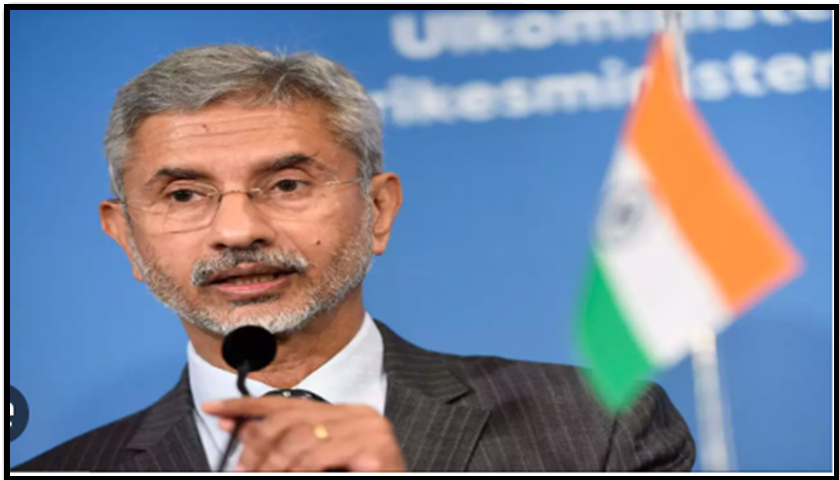SHIFTING SANDS: INDIA’S GEOPOLITICAL MANEUVERING IN A COMPLEX GLOBAL LANDSCAPE
Syllabus:
- GS-2- India’s Foreign policy , multilateralism and preserving India’s sovereignty
Focus :
- The article analyzes the shifting geopolitical dynamics affecting India, particularly in the context of recent internal political upheavals and complex external relationships with major powers like the US, Russia, and China. It discusses key diplomatic interactions and their implications for India’s position on the global stage.
Source - ET
Recent Political Shifts in India
Election Results and Political Landscape:
- Prime Minister Narendra Modi and the Bharatiya Janata Party (BJP) have faced significant political challenges, as indicated by recent election results.
- These outcomes have disrupted the BJP’s stronghold, suggesting potential shifts in India’s domestic political environment.
- The upcoming monsoon session of the 18th Lok Sabha is expected to reflect these changes, offering a glimpse into future political
Impact on Hindutva Politics:
- The BJP’s ideology, centered around Hindutva, is under scrutiny as the party navigates these political changes.
- The results could influence the party’s strategies and Modi’s approach to governance moving forward.
- Geopolitical Interactions and Strategies
India-US Relations:
- National Security Adviser (NSA) Ajit Doval’s meeting with his US counterpart, Jake Sullivan, highlights the strategic importance of US-India relations.
- Discussions focused on the transfer of critical technologies under the Initiative on Critical and Emerging Technologies (ICET).
- A key private meeting between Doval and Sullivan indicates the depth and complexity of bilateral ties, covering sensitive topics beyond public statements.
Spy Allegations and Diplomatic Tensions:
- The backdrop of espionage and allegations, including an attempted assassination of pro-Khalistan activist Gurpatwant Singh Pannun, complicates India-US relations.
- The involvement of India’s external intelligence agency (R&AW) in these allegations adds to the diplomatic strain.
| Major Foreign Policies of India
1. Non-Alignment Policy
Founding member of the Non-Aligned Movement (NAM) in 1961.
2. Look East Policy (LEP) / Act East Policy (AEP)
3. Neighborhood First Policy
4. Strategic Autonomy
|
Balancing Relations with Russia
Energy Dependencies and Strategic Interests:
- India’s continued import of cheap Russian oil, which it re-exports to Europe, showcases its pragmatic approach to energy security amid global sanctions on Russia.
- Dependence on Russian military hardware further cements the strategic necessity of maintaining strong ties with Moscow.
Diplomatic Engagements and Multilateral Forums:
- Prime Minister Modi’s potential visit to Kazan for the BRICS summit highlights India’s commitment to multilateral engagements with Russia, China, and other emerging economies.
- Modi’s absence from the Shanghai Cooperation Organisation (SCO) summit indicates a careful balancing act, especially in light of ongoing tensions with China along the Line of Actual Control (LAC).
Navigating the China Challenge
Border Tensions and Strategic Calculations:
- The presence of Chinese troops along the LAC remains a significant concern for India, influencing its broader geopolitical strategies.
- Modi’s decision to avoid direct engagements with China reflects a strategic choice to manage this complex relationship carefully.
India’s Regional Stability Role:
- India’s assertion as a stabilizing power in a chaotic region is a critical element of its foreign policy, requiring adept maneuvering amid competing global influences.
Historical Context and Long-term Implications
Spy Games and Historical Grievances:
- The memory of past espionage incidents, such as the exfiltration of R&AW agent Rabinder Singh by the US, continues to influence India’s diplomatic stance.
- These historical grievances underscore the deep-rooted complexities in India’s relationships with major global powers.
Future Directions in Foreign Policy:
- As Modi enters his third term, the focus will be on defining India’s relationships with the US, Russia, and China, balancing economic, strategic, and security interests.
- The evolving geopolitical landscape will require India to navigate a high-stakes game, where every diplomatic move is closely watched and measured.
Conclusion
- The geopolitical dynamics surrounding India are intricate and multifaceted, involving careful diplomacy, strategic alliances, and managing historical grievances.
- With significant internal political changes and complex external relationships, India’s role in the global arena is poised for nuanced evolution.
Source:The Economic Times
Associated Article :
https://universalinstitutions.com/discuss-the-continuity-and-change-in-indias-foreign-policy/
Mains Practice Question :
GS-2
“Discuss the recent geopolitical maneuvers of India in the context of its relationships with the US, Russia, and China. How do internal political shifts and historical grievances influence India’s foreign policy strategies?.”(250 words)




